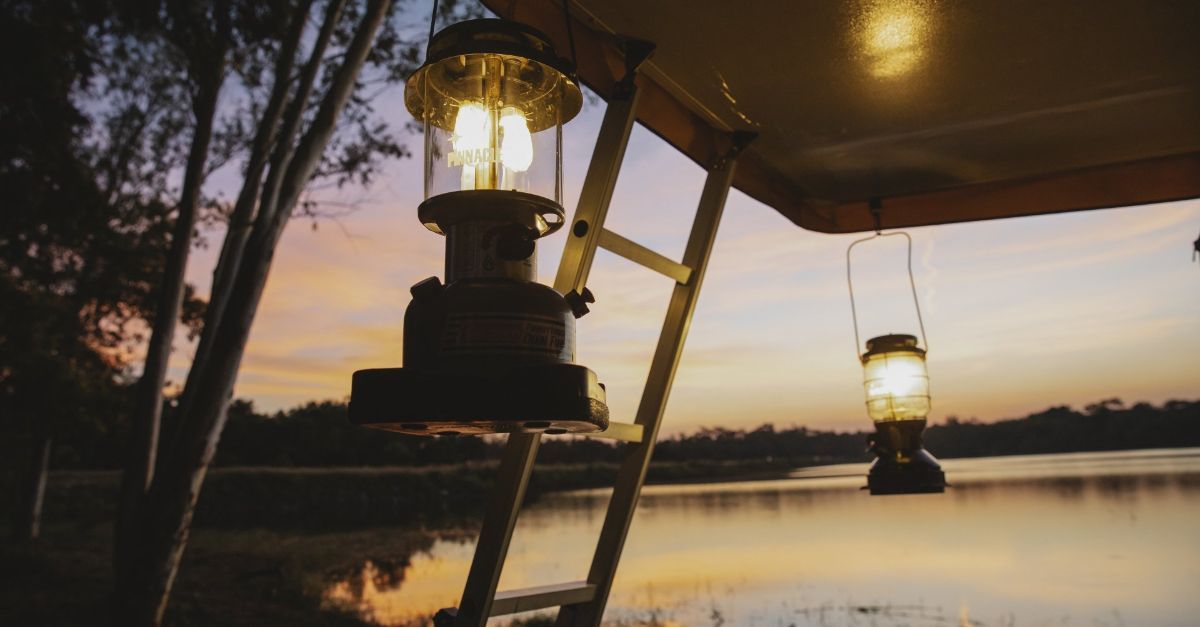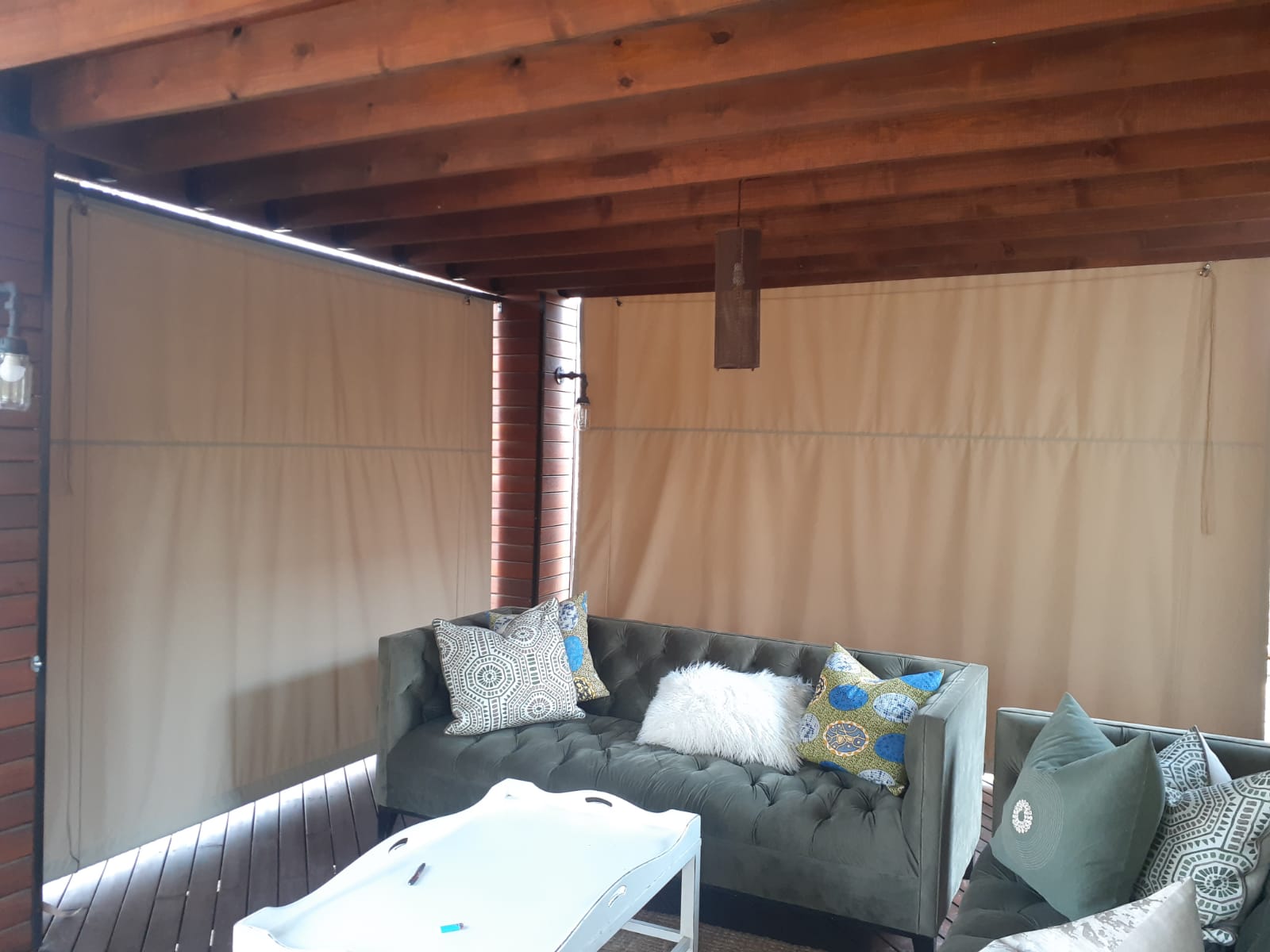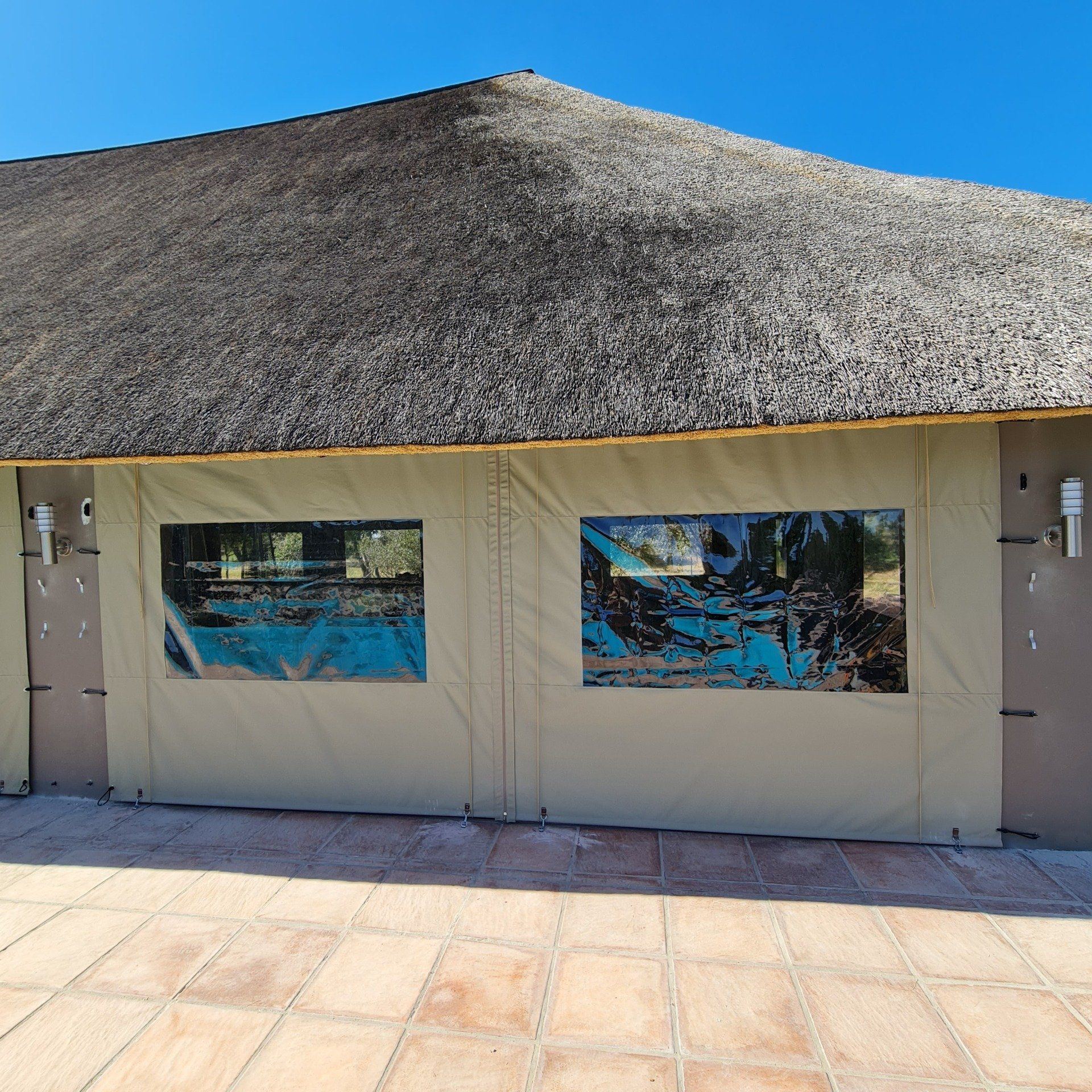6 Best Strategies for Successful Glamping Business Planning
Are you ready to take your glamping business to the next level? Look no further! We’ve got the ultimate guide for you - the 6 Best Strategies for Successful Glamping Business Planning!

This is the roadmap you need to turn your glamping dreams into a reality. Market research, target audience identification, competitive analysis - we’ve got it all covered.
Discover your unique selling proposition, create a solid financial plan, and implement effective marketing and promotion strategies.
With these strategies, you can break free from the ordinary and create a glamping experience that will leave your guests in awe.
So, buckle up and get ready to revolutionize the glamping industry!
Market Research
Conduct thorough market research to gather valuable insights and identify potential opportunities for your glamping business. Understanding customer preferences and staying up-to-date with industry trends are key to developing a successful strategy.
Start by analyzing the target market and identifying the specific needs and desires of potential customers. This information will help you tailor your offerings to meet their expectations and stand out from the competition.
Additionally, keep a close eye on industry trends, such as the demand for sustainable and eco-friendly accommodations, as well as the rise of experiential travel. By staying informed, you can adapt your business to meet the evolving needs of your target audience and capitalize on emerging opportunities.
Market research is an essential step in laying the foundation for a thriving glamping business.
Target Audience Identification
To effectively identify your target audience for your glamping business, it’s important to understand their preferences and needs. Customer segmentation is a key strategy in this process. By dividing your potential customers into specific groups based on their demographics, interests, and behaviors, you can tailor your offerings to better meet their unique needs.
This will allow you to position your brand effectively and differentiate yourself from competitors. Conducting market research and analyzing data will help you identify the most profitable customer segments for your glamping business.
Once you have identified your target audience, you can focus your marketing efforts on reaching them through various channels, such as social media, online advertising, and partnerships with relevant influencers.
Competitive Analysis
An essential aspect of successful glamping business planning is conducting a comprehensive competitive analysis. This analysis allows you to understand your competitors’ strengths and weaknesses, identify market trends, and gain insights into customer preferences. By analyzing the competition, you can strategically position your glamping business to stand out and attract your target audience.
Here are three key reasons why a competitive analysis is crucial:
- Stay ahead of industry trends: By studying your competitors, you can stay updated on the latest industry trends and ensure that your glamping business remains relevant and appealing to your customers.
- Identify customer preferences: Understanding what your competitors offer and what customers prefer can help you tailor your glamping experience to meet their needs and exceed their expectations.
- Uncover untapped opportunities: Analyzing your competitors’ strategies can reveal gaps in the market that you can capitalize on, allowing you to offer unique and innovative glamping experiences.
Unique Selling Proposition
What makes your glamping business stand out from the competition?
In order to succeed in the glamping industry, it’s crucial to have a unique selling proposition (USP) that sets you apart from other businesses. Your USP should revolve around creating an exceptional customer experience and brand differentiation.
To achieve this, you must focus on delivering a glamping experience that goes beyond the ordinary. This could include offering personalized services, creating themed accommodations, or providing unique amenities. By emphasizing the customer experience, you won’t only attract more guests but also build a loyal customer base.
Additionally, brand differentiation is essential in a saturated market. Clearly communicating your key differentiators through your marketing efforts will help you stand out and establish a strong position in the industry.
Financial Planning
Develop a comprehensive budget for your glamping business to ensure financial stability and profitability. Budgeting is a crucial aspect of financial planning as it allows you to allocate resources effectively and make informed decisions.
Here are three key points to consider when developing your budget:
- Revenue forecasting: Analyze market trends and customer demand to estimate your potential revenue. This will help you set realistic goals and make informed decisions regarding pricing, marketing, and investment opportunities.
- Expense management: Identify all your expenses, including operational costs, marketing expenses, and maintenance fees. Closely monitor your expenses and look for opportunities to reduce costs without compromising on quality.
- Contingency planning: Prepare for unexpected expenses or fluctuations in revenue by setting aside a contingency fund. This will provide a safety net and ensure that your business remains financially stable during challenging times.
Marketing and Promotion Strategies
To effectively market and promote your glamping business, you need to create a strong online presence and engage with potential customers through targeted advertising and social media campaigns.
One effective strategy is to establish influencer partnerships. Collaborating with popular social media influencers who have a strong following can help increase awareness and credibility for your glamping business. These influencers can showcase their experience at your glamping site through captivating visuals and persuasive storytelling, attracting their followers to book a stay.
Additionally, social media campaigns can play a crucial role in spreading the word about your glamping business. Utilize platforms like Instagram and Facebook to showcase the unique features and amenities of your glamping site, and encourage user-generated content by creating branded hashtags.
Engage with your audience by responding to comments and inquiries promptly, fostering a sense of connection and trust.
Frequently Asked Questions
How Should I Choose the Location for My Glamping Business?
Choosing the right location for your glamping business is crucial. Look for natural beauty, accessibility, and outdoor activities. Consider zoning regulations and proximity to popular tourist destinations. Attract customers by evaluating demographics and seasonal demand.
What Permits and Licenses Are Required to Start a Glamping Business?
To start a glamping business, you’ll need to navigate the permit requirements and licensing process. Research and understand the specific regulations in your area to ensure a smooth and legal operation.
How Can I Ensure a Sustainable and Eco-Friendly Approach in My Glamping Business?
To ensure a sustainable and eco-friendly approach in your glamping business, incorporate eco-friendly practices and sustainable operations. This will not only appeal to environmentally conscious customers but also help reduce your carbon footprint and contribute to a better future.
What Amenities and Facilities Should I Offer to Attract Customers to My Glamping Site?
To attract customers to your glamping site, offer eco-friendly amenities that align with your sustainable approach. Consider unique accommodation options that provide a memorable experience. These strategies will appeal to freedom-seeking individuals and set your business apart from the competition.
How Can I Effectively Handle Customer Complaints and Ensure a Positive Customer Experience in My Glamping Business?
To effectively handle customer complaints and ensure a positive customer experience in your glamping business, prioritize customer satisfaction by promptly addressing issues and offering fair resolutions. This will not only retain customers but also attract new ones.












